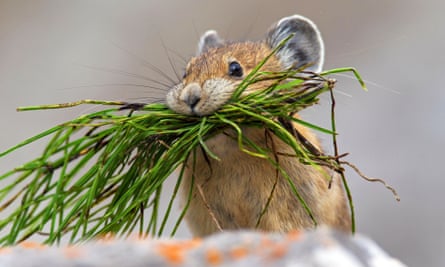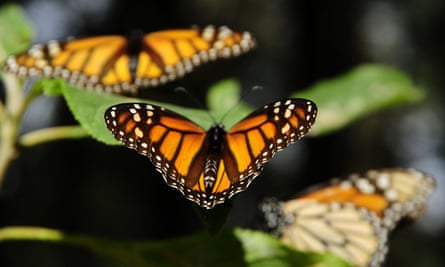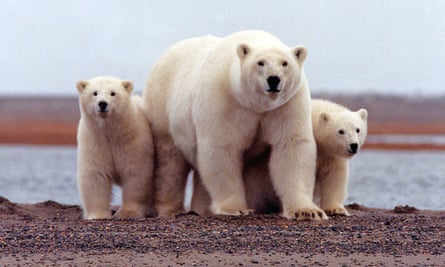Leatherback turtles
Last week it was reported that rising ocean temperatures and changing sea currents are causing leatherback turtles’ journeys from nesting to feeding grounds to double in length. After laying their eggs on some beaches, the turtles must move to cooler waters to feed, but higher temperatures mean some are having to swim further to reach suitable areas, according to France’s Hubert Curien Institute.

Pikas
Pikas, small mammals native to North America, are increasingly moving off high-alpine boulder piles to adjacent forests. A study in the Journal of Mammology notes that the cool, moist, rocky habitat they require is getting hotter, drier, and less snowy. Because they live high in the mountains, when their terrain becomes inhabitable, there’s nowhere left to go.

Monarch butterflies
Warmer temperatures are causing monarch butterflies’ southern migrations to be delayed by up to six months. Columbia University’s Earth Institute explains that this is causing migrations to fall out of sync with the bloom time of the nectar-producing plants the monarchs rely on for food, contributing to the 95% decrease in their numbers in the last two decades.

Puffins
Puffins in the Gulf of Maine normally eat white hake and herring, but warmer oceans are causing these fish to move north. The puffins are trying to feed their young butterfish instead, but they are unable to swallow them. Over the past 20 years, conservationists calculate that fledgling survival rates have declined by 2.5% a year.

Polar bears and plankton
The Scottish Association for Marine Science says that the melting of sea ice is affecting the wider food chain, as zooplankton feed on the algae growing on sea ice. These microscopic creatures are eaten by fish and shrimps, which are eaten by seals, ultimately forming the basis of 70% of polar bears’ diet, according to one science journal.
